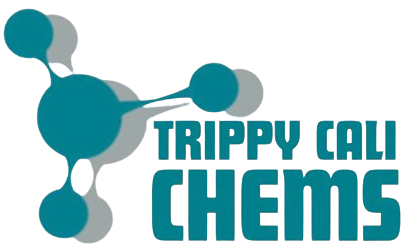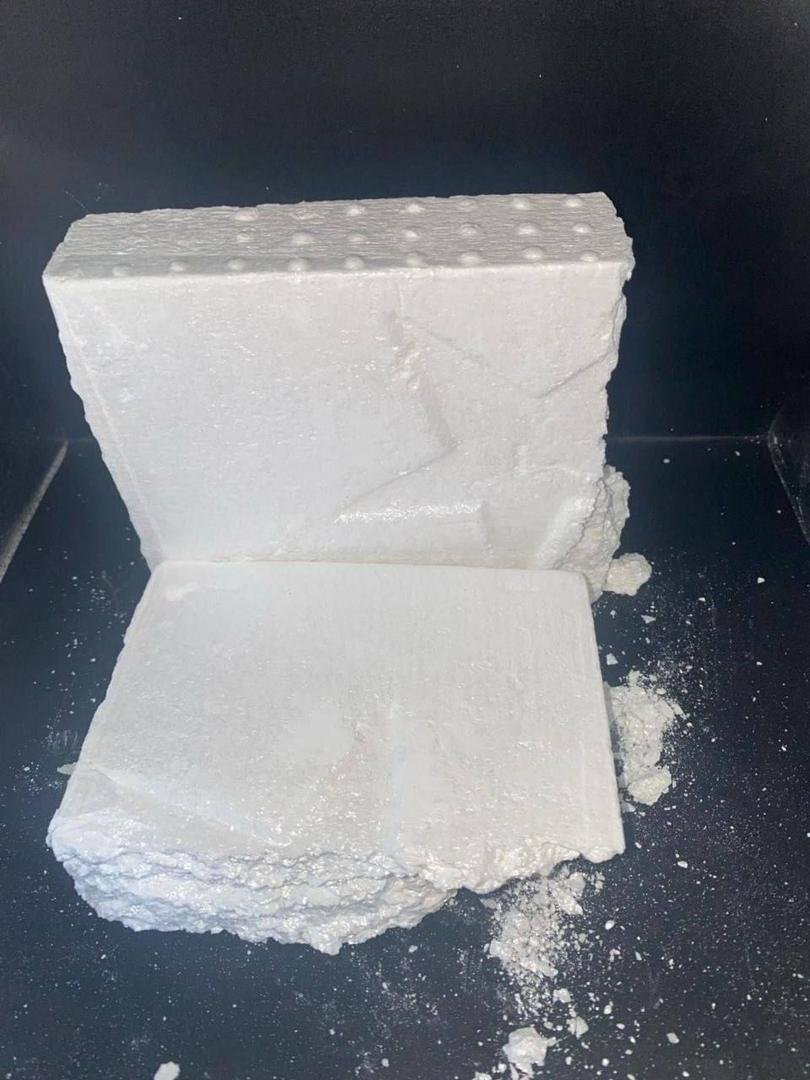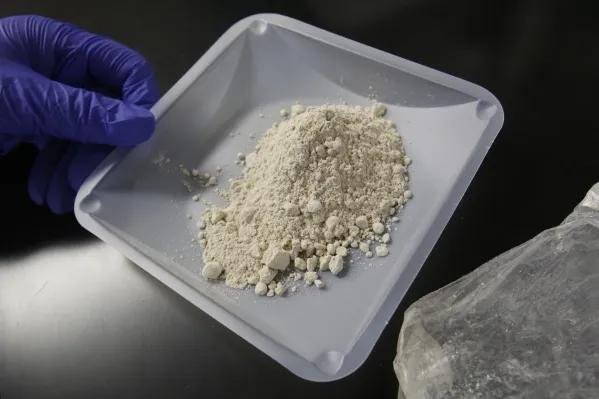Cocaine Educational Guide – Chemistry, Use & Legal Overview
This cocaine educational guide provides a clear, research-focused overview of cocaine hydrochloride—covering its chemistry, pharmacological effects, historical evolution, medical use, safety considerations, and legal frameworks. Whether for academic studies, healthcare education, or forensic analysis, such authoritative insight supports responsible scholarship and informed discourse.
What is Cocaine?
Cocaine is a naturally occurring tropane alkaloid derived from the Erythroxylum coca plant. It typically appears as a white, crystalline powder (cocaine HCl) or as smokable freebase (crack) National Institute on Drug AbuseDEA+3ResearchGate+3Wikipedia+3.
Chemical Structure & Biosynthesis
Cocaine’s unique bicyclic structure comprises ecgonine, methyl ester, and benzoyl groups, forming a distinct pharmacophore ResearchGate+1Wikipedia+1. In coca plants, biosynthesis begins from ornithine and progresses via enzymatic steps to form ecgonine and eventually cocaine Wikipedia+1ResearchGate+1.
Pharmacology & Mechanism of Action
Cocaine is a potent serotonin-norepinephrine-dopamine reuptake inhibitor (SNDRI). By blocking monoamine transporters—especially the dopamine transporter (DAT)—it raises synaptic dopamine, leading to pronounced euphoria and reward activation National Institute on Drug Abuse+2Wikipedia+2Wikipedia+2. This mechanism underlies both its stimulant effects and high addiction potential. Additionally, cocaine acts as a local anesthetic by blocking sodium channels Wikipedia.
Medical & Historical Context
In the late 1800s and early 1900s, cocaine was used for medical purposes such as anesthesia and as a tonic, famously appearing in Coca‑Cola formulations WikipediaScienceDirect. Its recreational use grew rapidly, leading to early restrictions and eventual scheduling under the Harrison Narcotics Tax Act of 1914 and the Controlled Substances Act of 1970 Wikipedia. Today, medical use is limited to topical anesthesia in ENT procedures DEA+1Oxford Academic+1.
Routes of Administration & Effects
Snorted: slower onset (~3–5 min), nasal absorption.
Injected: fast onset with potent effects.
Smoked (crack): rapid absorption and intense high
All methods sharply raise heart rate, blood pressure, and neurotransmitter levels, followed by a “crash” involving fatigue, depression, and intense cravings UNC Greensboro+9DEA+9National Institute on Drug Abuse+9.
Acute & Long-Term Effects
Acute effects: Euphoria, increased alertness, restlessness, dilated pupils; serious cardiovascular risks including arrhythmias, stroke, or seizure DEADEA.
Chronic risks: Nasal septum damage, respiratory issues, addiction, cognitive impairment, psychosis, and cardiovascular disease DEAScienceDirectDEA.
Safety Considerations & Risk of Adulterants
Cocaine is often adulterated—most notably with levamisole, found in over 80% of U.S. samples in 2017—which increases health risks Wikipedia+1scholarship.law.cornell.edu+1. Additional concerns include overdose and accidental contamination with potent substances.
Legal Status & Regulation
In the U.S., cocaine is classified as a Schedule II substance: high abuse potential but limited medical use riveroakstreatment.com+12DEA+12Oxford Academic+12. Internationally, possession is illegal, though jurisdictions like Oregon have decriminalized small amounts Wikipedia. The Fair Sentencing Act of 2010 addressed the crack/powder sentencing disparity, easing some legal inequities Wikipedia.
Research & Forensic Applications
Cocaine is a key analyte in forensic toxicology, detected through techniques like gas chromatography–mass spectrometry (GC-MS) and LC-MS/MS ResearchGate. It’s also studied in neuropharmacology to understand its effects on monoamine systems and addiction mechanisms WikipediaNational Institute on Drug AbuseScienceDirect.
Educational Importance
Studying cocaine offers valuable insight into neurochemistry (DAT, monoamine regulation), pharmacokinetics, addiction science, legal history, and socio-political drug policies. It serves as a case study in balancing medical utility with public health risks.
External Resources
DEA Cocaine Fact Sheet (2024) for official pharmacology, health effects, legal classification DEADEA.
NIDA–Cocaine Overview for addiction research, clinical patterns, and health effects National Institute on Drug Abuse.
Wikipedia – Coke, covering comprehensive pharmacology, biosynthesis, legal status, and historical usage Wikipedia.
Conclusion
This cocaine educational guide provides a balanced, science-based review of coke —from its chemistry and pharmacology to health risks and regulatory frameworks. It serves as a foundational reference for students, researchers, healthcare educators, and policymakers seeking an accurate and nuanced understanding.










Reviews
There are no reviews yet.